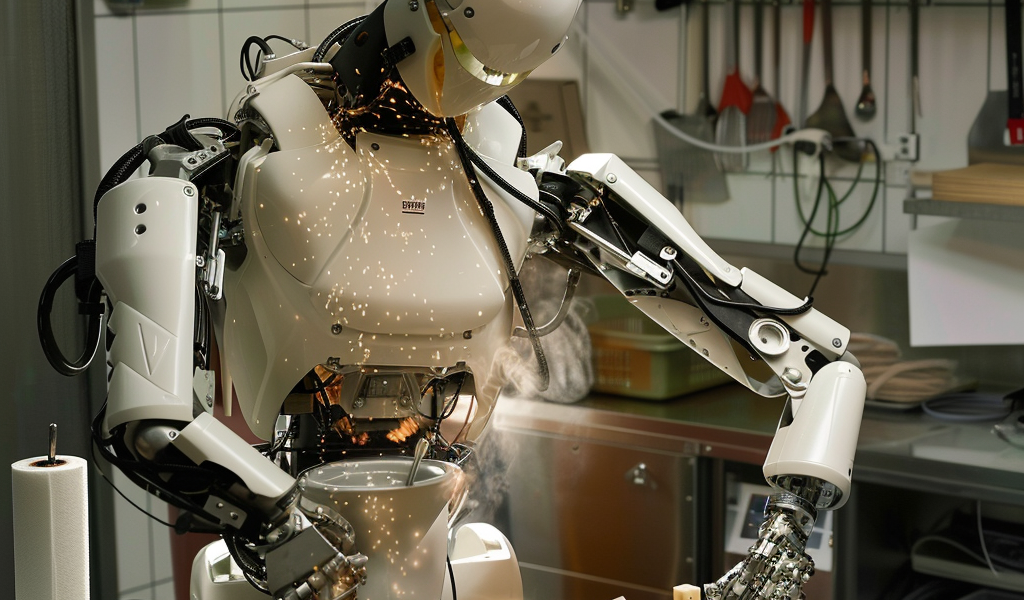A recent study conducted by a team of roboticists from Stanford University and the Toyota Research Institute has revealed that incorporating audio data alongside visual data during robot training can enhance their learning capabilities significantly. The researchers, who published their findings on the arXiv preprint server, discovered that most AI-based robot training focuses solely on visual information, neglecting the potential benefits of audio cues.
The team hypothesized that by equipping robots with microphones to capture audio feedback during task execution, the robots could better understand and learn how to perform tasks effectively. For instance, when teaching a robot to open a box of cereal and pour it into a bowl, hearing the sound of the box opening and the cereal pouring could provide valuable context for the robot.
To test their hypothesis, the researchers conducted four experiments involving robot learning tasks. The first experiment required a robot to flip a bagel in a frying pan using a spatula, while the second task involved erasing an image on a whiteboard with an eraser. The third experiment focused on pouring dice from one cup to another, and the fourth task required the robot to select and apply the correct tape to secure a wire to a plastic strip.
All experiments utilized the same robot equipped with a grasping claw and were performed using both video-only and video-audio training methods. The research team varied factors such as table height, tape type, and whiteboard image to evaluate the impact of audio feedback on learning and task performance.
Upon analyzing the results of the experiments, the researchers observed that incorporating audio cues led to significant improvements in both the speed and accuracy of task completion for certain tasks. For instance, adding audio feedback notably enhanced the robot’s ability to detect the presence of dice in the cup during the pouring task. It also helped the robot gauge the appropriate pressure to exert when using the eraser, based on the sound produced.
However, the study also revealed that the benefits of audio data varied across different tasks, with some tasks showing more substantial improvements than others. Overall, the findings highlight the potential of combining audio and visual data in robot training to enhance learning efficiency and task performance.





